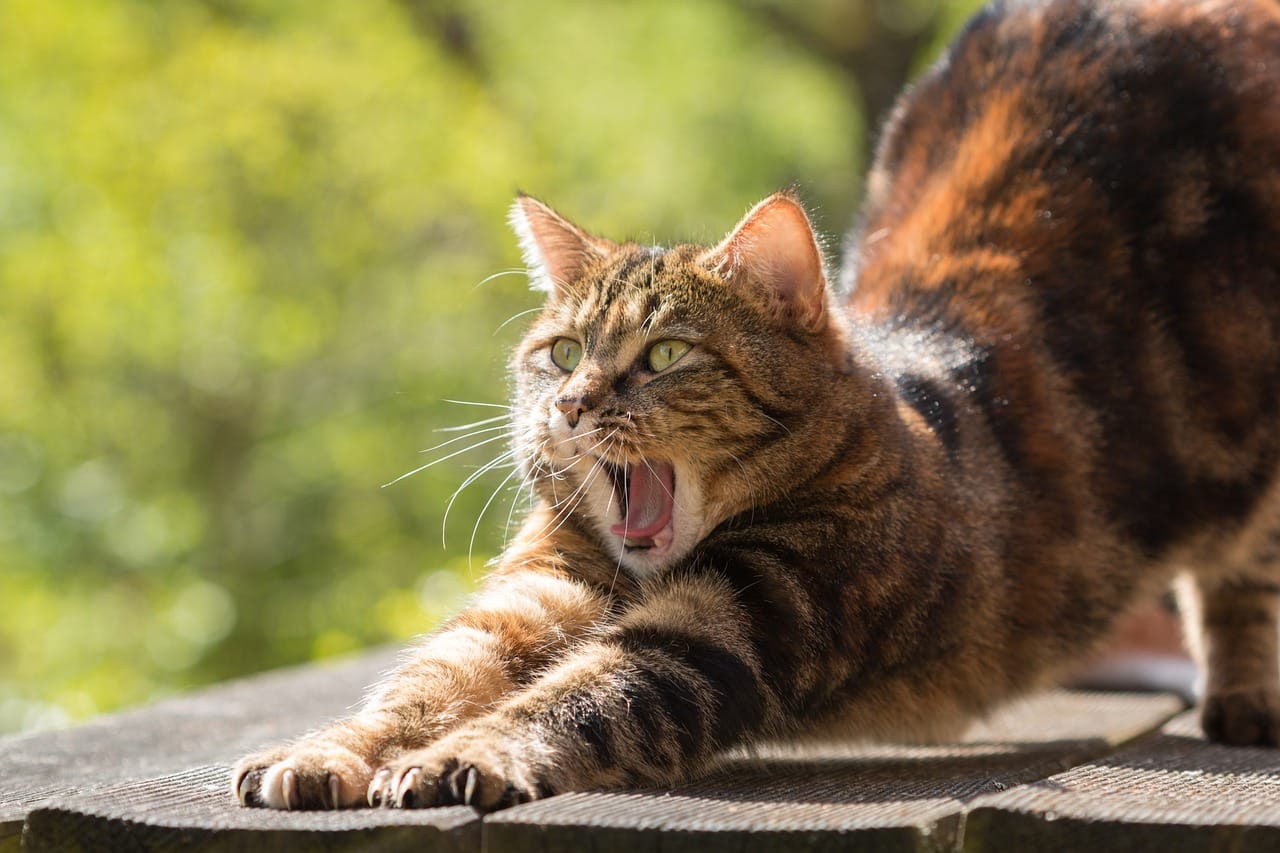How Can You Introduce a Rescue Cat to a Multi-Pet Household Without Conflict?

As a pet lover, it may be tempting to add a rescue cat to your household. However, the introduction of a new animal to your existing pets can be daunting. Fear not, this handy guide will give you the tools you need to make the process as smooth as possible.
Preparation Before the Introduction
Before you bring the cat home, it’s crucial to prepare your other pets and the environment. This includes setting up a separate room for the new resident and using scent to help familiarize your pets with each other.
Sujet a lire : Pet safety during holidays
Setting Up a Space for the New Cat
Before the arrival of your rescue cat, it’s crucial to prepare a room for them. This space will serve as their safe haven. It should be a location where other pets do not usually linger.
Equip the room with essential items for a cat’s comfort – a litter box, food and water bowls, a scratching post, and some toys. Providing them with their own space will allow them to feel secure and keep their stress levels low during the initial adjustment period.
A lire aussi : Natural diet for pets
Using Scent to Familiarize your Pets
Scent is a powerful tool when it comes to introducing animals to each other. Before bringing your rescue cat home, obtain a blanket or towel that they have used and leave it around your home. This will allow your existing pets to get used to the scent of the new cat before they meet.
Similarly, take a blanket from your home to the shelter, let the rescue cat use it, and then bring it back. This way, your new pet will also get a chance to familiarize itself with the scent of your household and its resident animals.
The First Introduction
The first meeting between your pets is crucial and can set the tone for their future relationship. It should be done slowly, in a controlled manner, with lots of patience.
Controlled Meeting
To prevent any potential conflict, the first introduction should take place with the new cat in their room, and the door slightly open. This way, they can get a glimpse of the other animals without feeling threatened.
Monitor the interactions of your pets during this time. Hissing or growling is normal, but if these behaviors escalate, it may be best to postpone the meeting for a later time.
Taking Turns
Another technique is to allow the new cat to explore the rest of the house while the other pets are confined to a different room. This will give the new cat an opportunity to get familiar with its new surroundings, and leave its scent around the house.
After a few days, switch places. Let your other pets back into the common areas to familiarize themselves with the new scent.
Feeding Time Strategy
Food is a great motivator, and using it wisely can help ease the introduction process. You can use feeding times to create positive associations with the presence of the new cat.
Feed Your Pets on Opposite Sides of a Door
Initially, feed your pets on opposite sides of the door to the new cat’s room. This way, they can smell each other but do not have to interact directly. As they grow more comfortable, you can gradually move their food bowls closer to the door.
Treat Rewards
Reward your pets with treats when they behave calmly near the door to the new cat’s room. This will create positive associations with the presence of the new pet.
Building Positive Interactions
After a period of adjustment, you can start facilitating direct interactions between your pets. Remember, all interactions should be supervised until you are sure that they can get along.
Supervised Play
Engage your pets in play sessions, using toys that are familiar to both. This will help them associate the new pet with fun activities, and help them see each other as partners in play rather than threats.
Encouraging Shared Activities
Once your pets are comfortable in each other’s presence, encourage them to share activities such as sunbathing together or watching birds out a window. These shared experiences can help strengthen their bond and lead to a peaceful coexistence.
Remember, introducing a rescue cat to a multi-pet household takes time and patience. Each pet is unique, so what works for one might not work for another. It’s essential to observe the behavior of your pets and adapt your approach as needed.
Handling Conflict and Tensions
When introducing a rescue cat to a multi-pet household, it’s inevitable that there will be some tension. Understanding how to manage these conflicts will help to ensure a smoother introduction process.
Conflict Resolution Strategies
Conflicts between pets, particularly between resident cats and dogs, can arise due to territory issues or personality clashes. It’s important to remember that these initial squabbles are a normal part of the introduction process. It’s crucial to monitor these interactions to prevent escalation into serious fights.
Introducing a new pet into an existing cat or dog household alters the dynamic, and it’s normal for resident pets to feel threatened or territorial. It’s essential to reassure all pets during this period. Give each pet individual attention and make sure each one feels valued and loved.
If tensions escalate during a face-to-face meeting, separate the pets immediately. Using a distraction, like a toy or a loud noise, can help break up the conflict without physically intervening. It’s important not to punish the pets for their reactions as this can increase anxiety and potentially make the situation worse.
Gradual Exposure Technique
Gradual exposure allows cats and dogs to get accustomed to the presence of the other without feeling overwhelmed. Start with short, supervised meetings and gradually increase the duration as the pets become more comfortable with each other. Remember, rushing the introduction process can lead to more conflict.
In case of a multi-cat household, allow the resident cat to observe the newcomer from a distance. This will help them to feel less threatened. Similarly, for a cat-dog situation, ensure that the dog is on a leash during the initial meetings to prevent any chasing behavior.
Conclusion: Patience Is Key
Introducing a cat to a multi-pet household can be a challenge, but with patience, understanding and the right strategies, it is possible to create a harmonious environment for all your pets.
Consistent Guidance and Supervision
Consistent guidance and supervision are crucial in the early stages of the introduction. All interactions should be monitored until you can trust your pets to behave around each other. It’s also important to remember that not all pets will become best friends. The goal is to achieve a level of coexistence where all pets are comfortable.
Adjusting Expectations
Every pet has a different personality, and these will influence how they react to the new cat. Some pets may take a longer time to adjust to the changes, while others may adapt quickly. It’s important to respect each pet’s pace and not to force any interactions.
Remember that introducing a rescue cat is a process that requires time, patience, and understanding from all family members. It’s not uncommon for the process to take weeks or even months, so don’t feel disheartened if progress seems slow.
In conclusion, creating a harmonious multi-pet household is a rewarding experience that, despite the challenges, brings about joy and companionship for all involved. Ensure you offer plenty of love, patience, and understanding, and your pets will gradually accept one another in their shared space.
